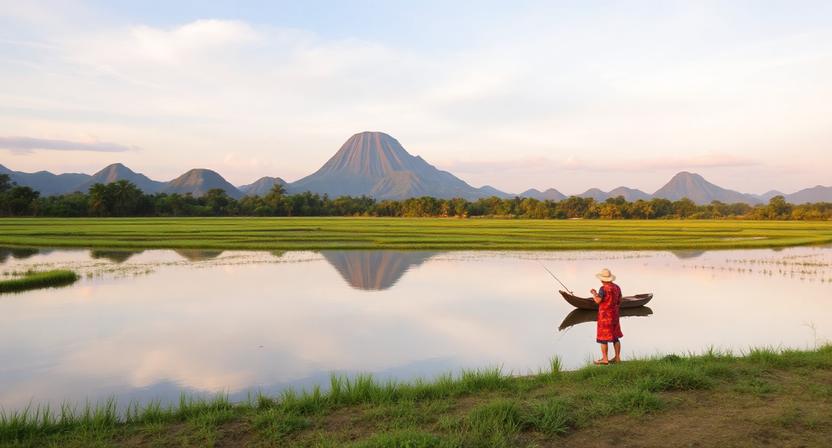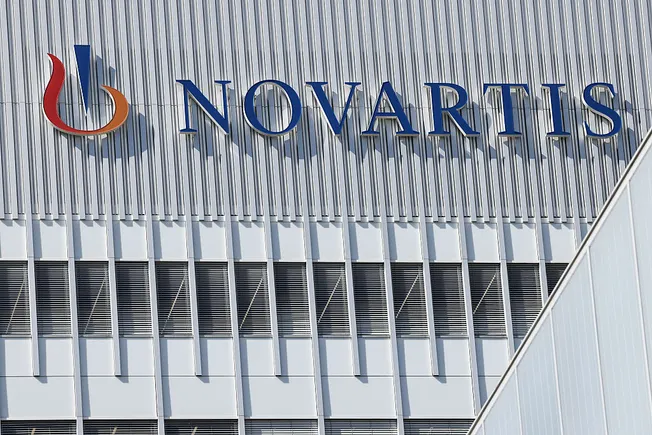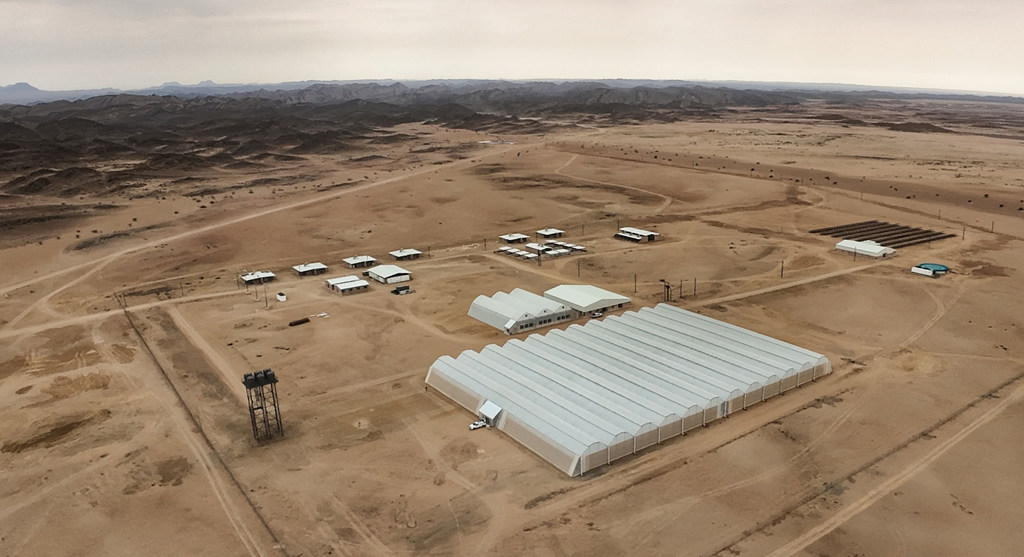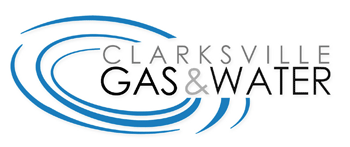Study shows Southern Oregon wine grape growers can save nearly half their irrigation water – OSU Extension Service

Report on Water-Use Efficiency in Southern Oregon Viticulture and its Alignment with Sustainable Development Goals
Introduction: A Study in Sustainable Resource Management
A recent study by Oregon State University (OSU) presents a significant opportunity for advancing sustainable practices within Southern Oregon’s viticulture sector. The research indicates that current irrigation estimates for wine grapes are 44% higher than necessary, offering a clear pathway to substantial water conservation. These findings have profound implications for achieving several United Nations Sustainable Development Goals (SDGs), particularly those related to water, responsible production, and climate action.
Advancing SDG 6: Clean Water and Sanitation
Recalibrating Water Needs for Increased Efficiency
The study directly addresses SDG Target 6.4, which calls for a substantial increase in water-use efficiency and ensuring sustainable freshwater withdrawals. The research challenges the established water use estimates provided by the U.S. Bureau of Reclamation’s AgriMet network.
- Previous Estimate: 20.2 inches of water per year.
- Revised Estimate: 11.4 inches of water per year.
- Potential Savings: A 44% reduction in irrigation water use.
Methodology for Localized Water Management
The OSU research, conducted from 2017 to 2019, developed a new regional “crop coefficient” more suited to Oregon’s unique climate and vineyard practices than the previous California-based models. This was achieved by measuring evapotranspiration—the water transferred from soil and plants to the atmosphere—directly within local vineyards. This improved accuracy allows growers to optimize irrigation, contributing directly to the sustainable management of water resources as mandated by SDG 6.
Fostering SDG 12: Responsible Consumption and Production
Optimizing Production for Sustainability and Quality
By providing a more accurate irrigation model, the study promotes the sustainable management and efficient use of natural resources, a cornerstone of SDG 12. Adopting these findings enables a shift towards more responsible production patterns in the region’s $238 million wine industry.
Key Benefits for Sustainable Production:
- Water Conservation: The primary benefit is a significant reduction in the consumption of a vital natural resource, crucial during periods of drought.
- Improved Quality: Optimized irrigation scheduling has the potential to enhance both fruit and wine quality, creating a higher-value, more sustainable product.
- Economic Resilience: Efficient resource use can lower operational costs and improve the long-term economic viability of the region’s 9,242 acres of wine grapes, supporting SDG 8 (Decent Work and Economic Growth).
Supporting Climate Action and Resilient Agriculture (SDG 13 & SDG 2)
Building Resilience to Climate-Related Hazards
Water scarcity is a critical challenge exacerbated by climate change. The study’s findings offer a practical tool for climate adaptation (SDG 13) by empowering growers to manage water resources more effectively in the face of increasing drought frequency and severity. This move towards precision irrigation is a hallmark of the resilient agricultural practices called for in SDG 2 (Zero Hunger), ensuring the long-term sustainability of food production systems and the ecosystems they depend on.
Analysis of Sustainable Development Goals (SDGs) in the Article
1. Which SDGs are addressed or connected to the issues highlighted in the article?
-
SDG 6: Clean Water and Sanitation
The article’s primary focus is on water conservation and efficient water use in agriculture, which is a core component of SDG 6. The study’s finding that irrigation water can be cut by almost half directly addresses the goal of managing water resources sustainably.
-
SDG 2: Zero Hunger
This goal includes targets for sustainable and resilient agricultural practices. The research provides a method for wine grape growers to maintain or improve crop quality while using fewer resources, making the agricultural system more sustainable and resilient, especially in the face of drought.
-
SDG 12: Responsible Consumption and Production
The article discusses improving the efficiency of a key natural resource (water) in a major production industry (wine). By reducing water consumption by 44%, the industry can move towards more sustainable production patterns, which is the central aim of SDG 12.
-
SDG 13: Climate Action
The article explicitly mentions the benefit of conserving water “during drought years.” Droughts are a climate-related hazard. The research provides an adaptation strategy for the agricultural sector to build resilience against the impacts of climate change, such as increased water scarcity.
2. What specific targets under those SDGs can be identified based on the article’s content?
-
Target 6.4: Substantially increase water-use efficiency across all sectors.
The entire article is dedicated to this target. The study conducted by Oregon State University aims to increase irrigation efficiency by providing more accurate water use estimates. The finding that growers can “cut their irrigation water use by almost half” is a direct effort to increase water-use efficiency in the agricultural sector of Southern Oregon.
-
Target 2.4: Ensure sustainable food production systems and implement resilient agricultural practices.
The development and adoption of “regional crop coefficients that reflect local growing conditions” is an example of implementing a resilient agricultural practice. This practice helps growers “conserve water during drought years” and “optimize irrigation scheduling for better fruit and wine quality,” thus ensuring a more sustainable production system.
-
Target 12.2: Achieve the sustainable management and efficient use of natural resources.
The research provides a direct pathway to more efficient use of water, a critical natural resource. By replacing California-based coefficients with more accurate regional ones, the article demonstrates a tangible method to achieve sustainable management of water in the region’s $238 million wine grape industry.
-
Target 13.1: Strengthen resilience and adaptive capacity to climate-related hazards and natural disasters.
The article highlights that the new irrigation method would allow growers to “conserve water during drought years.” This directly addresses the need to adapt to climate-related hazards like drought. By reducing reliance on water, the region’s viticulture becomes more resilient to the effects of climate change.
3. Are there any indicators mentioned or implied in the article that can be used to measure progress towards the identified targets?
-
Indicator for Target 6.4 (Change in water-use efficiency):
The article provides specific quantitative data to measure this. It states that current estimates from AgriMet suggest a need for “20.2 inches of water per year,” while the new research found the actual need is “closer to 11.4 inches.” This represents a potential “44% higher than necessary” water use, and therefore a 44% potential increase in efficiency. The change from 20.2 to 11.4 inches is a direct indicator of progress.
-
Indicator for Target 2.4 (Proportion of agricultural area under sustainable agriculture):
The article implies an indicator by stating the size of the agricultural area that could be affected. It mentions that Southern Oregon had “9,242 acres of wine grapes” in 2019. The adoption rate of the new, more efficient irrigation practices across these 9,242 acres would serve as an indicator of the proportion of agricultural land being managed more sustainably.
-
Indicator for Target 12.2 (Efficient use of natural resources):
An implied indicator is the volume of water saved per unit of economic output. The article states the regional wine grape industry is “worth about $238 million.” The reduction in water use from 20.2 to 11.4 inches across 9,242 acres can be calculated to show a significant decrease in water consumption per dollar of economic value, indicating more efficient resource use.
-
Indicator for Target 13.1 (Adoption of adaptation strategies):
A qualitative indicator is the adoption of the new irrigation scheduling method based on regional crop coefficients. The article presents this as a tool to “conserve water during drought years.” The number or percentage of growers in the region who switch from the old AgriMet coefficients to the new, locally-developed ones would be a clear indicator of strengthened adaptive capacity to drought.
4. Summary Table of SDGs, Targets, and Indicators
| SDGs | Targets | Indicators |
|---|---|---|
| SDG 6: Clean Water and Sanitation | 6.4: By 2030, substantially increase water-use efficiency across all sectors. | The potential reduction of annual water use for wine grapes from 20.2 inches to 11.4 inches, representing a 44% increase in irrigation efficiency. |
| SDG 2: Zero Hunger | 2.4: By 2030, ensure sustainable food production systems and implement resilient agricultural practices. | The area of agricultural land (9,242 acres of wine grapes) where new, locally-developed crop coefficients are adopted to create a more sustainable and resilient system. |
| SDG 12: Responsible Consumption and Production | 12.2: By 2030, achieve the sustainable management and efficient use of natural resources. | The reduction in water consumption across a $238 million industry, demonstrating more efficient use of a natural resource per unit of economic output. |
| SDG 13: Climate Action | 13.1: Strengthen resilience and adaptive capacity to climate-related hazards and natural disasters. | The adoption rate by growers of the new irrigation scheduling method as a specific strategy to adapt to and conserve water during drought years. |
Source: extension.oregonstate.edu

What is Your Reaction?
 Like
0
Like
0
 Dislike
0
Dislike
0
 Love
0
Love
0
 Funny
0
Funny
0
 Angry
0
Angry
0
 Sad
0
Sad
0
 Wow
0
Wow
0






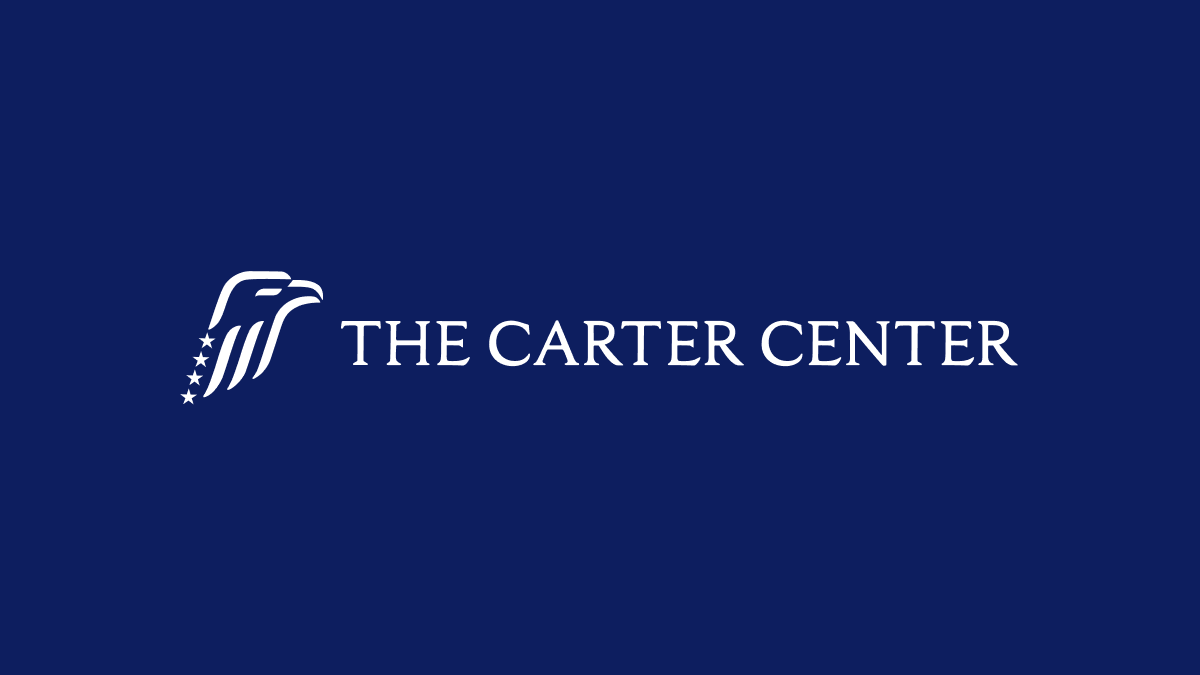



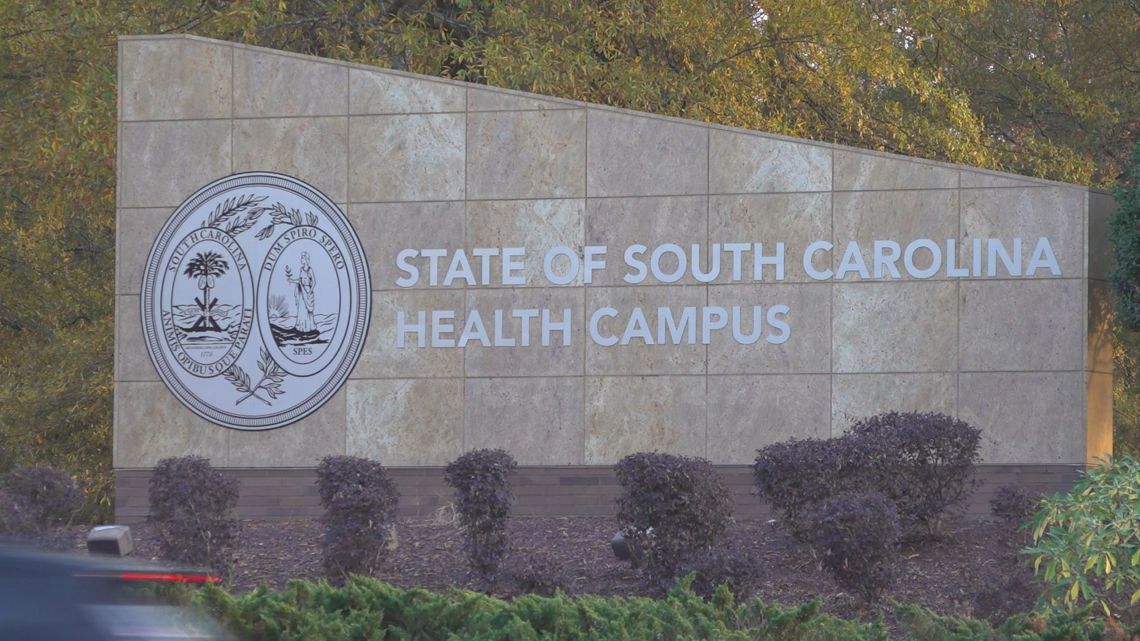



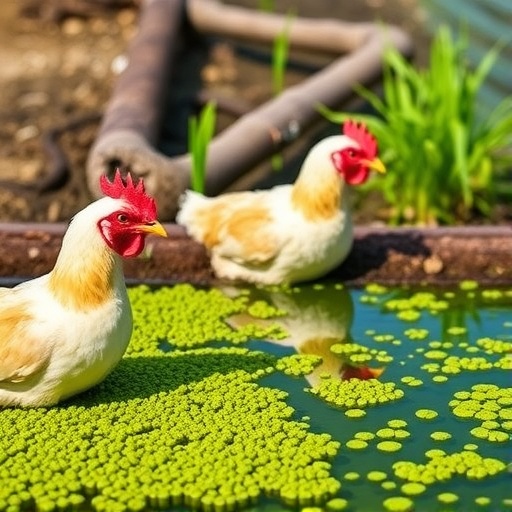
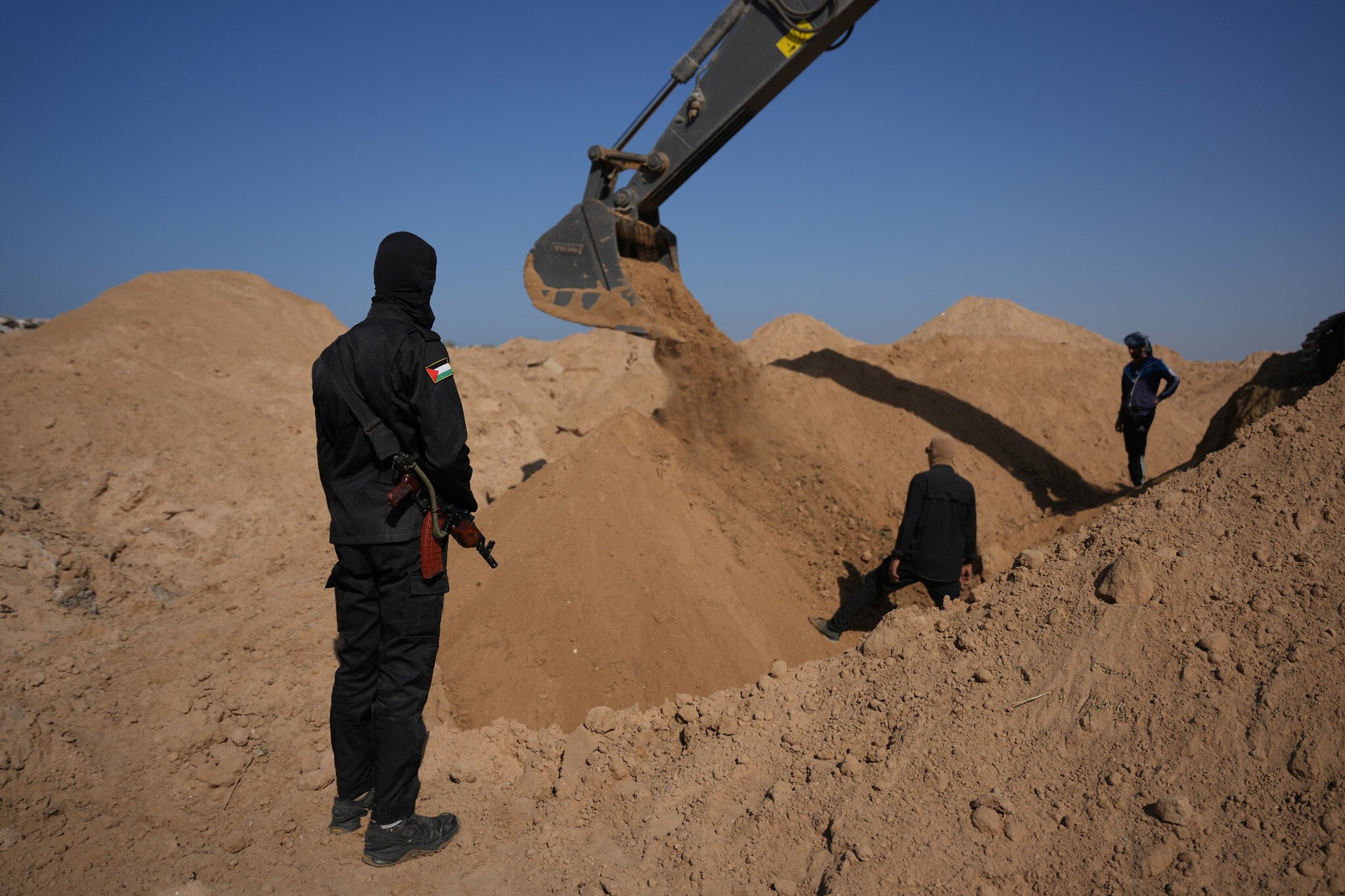















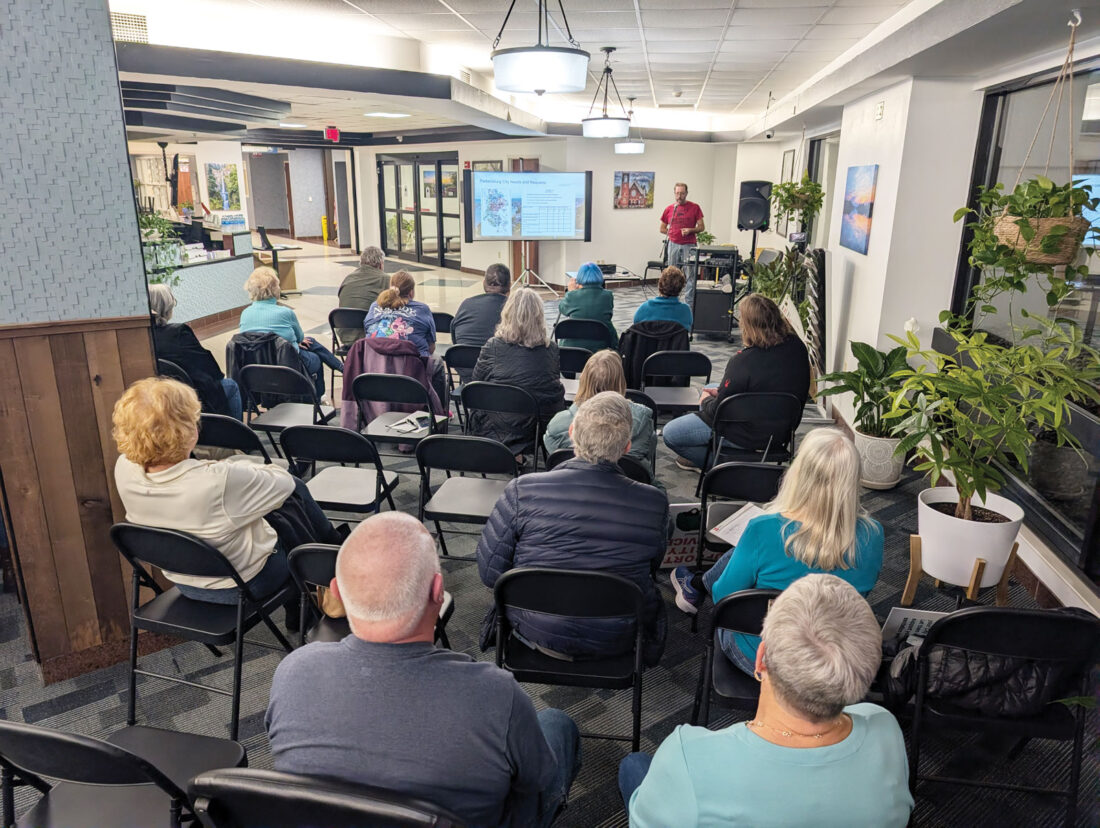
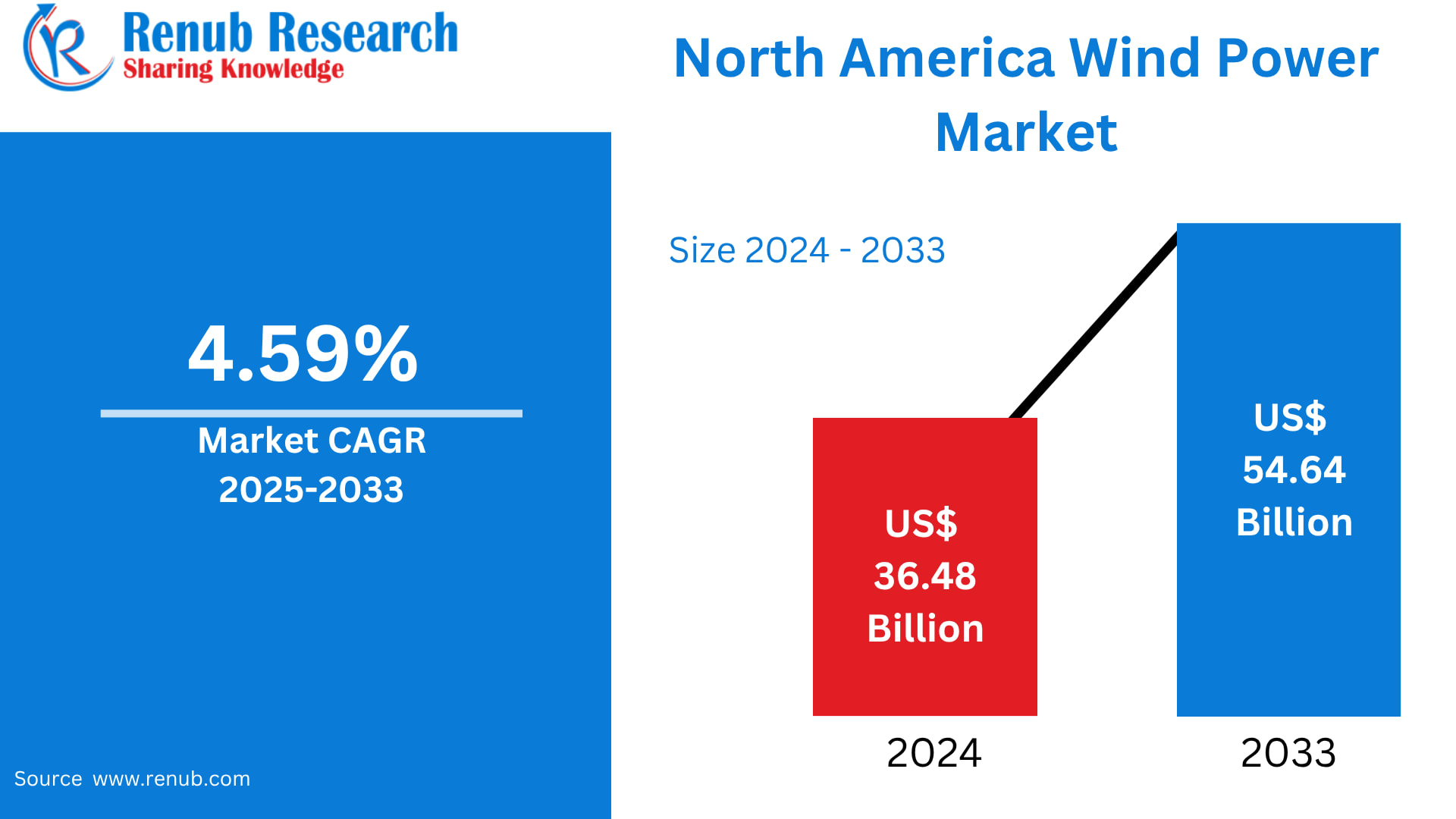
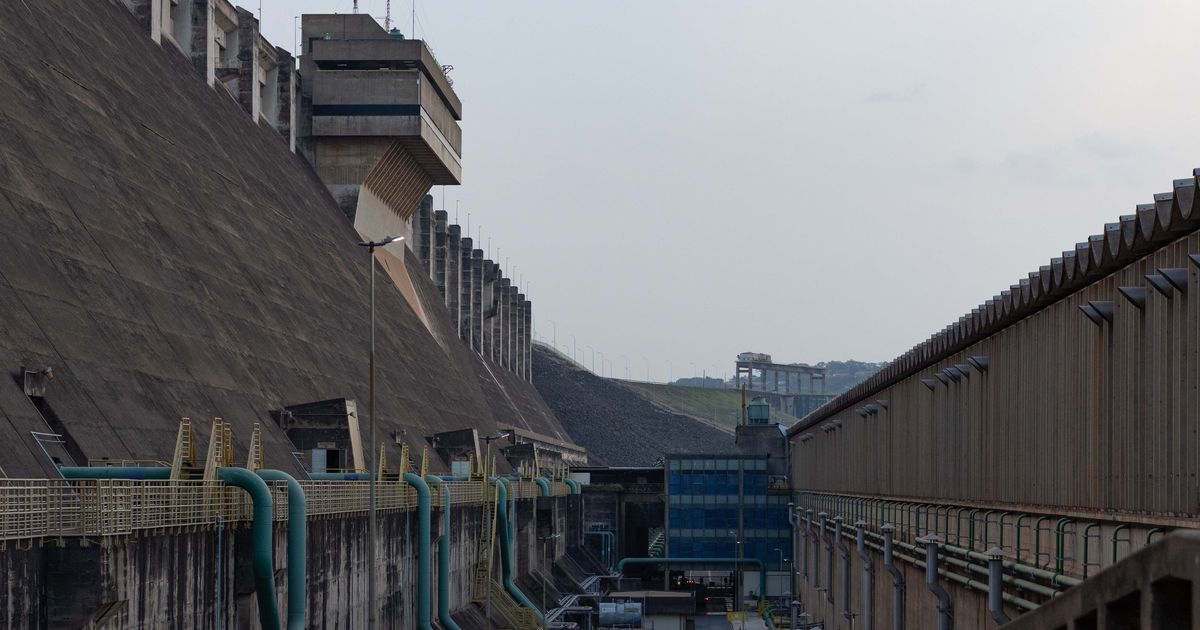





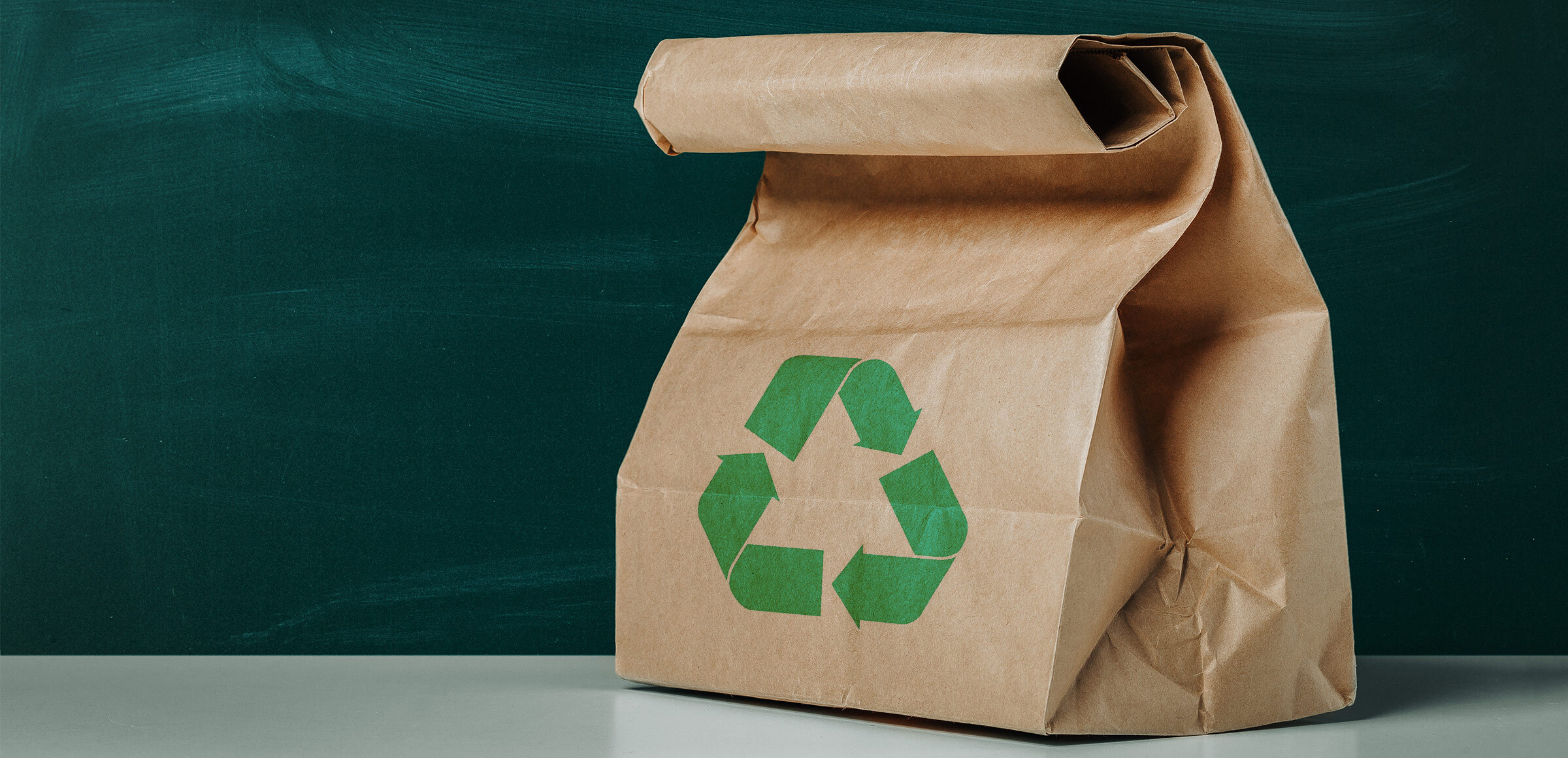





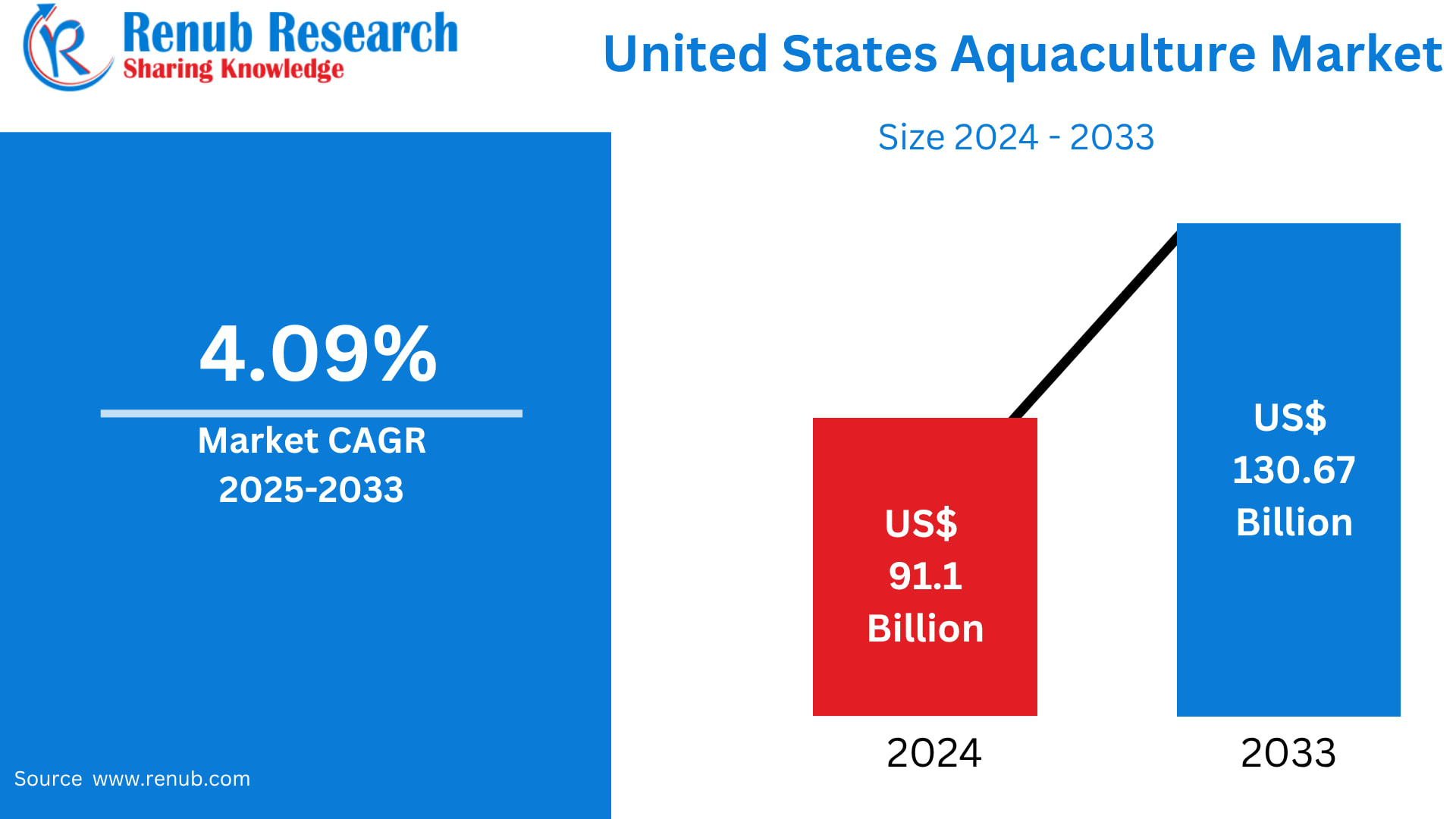
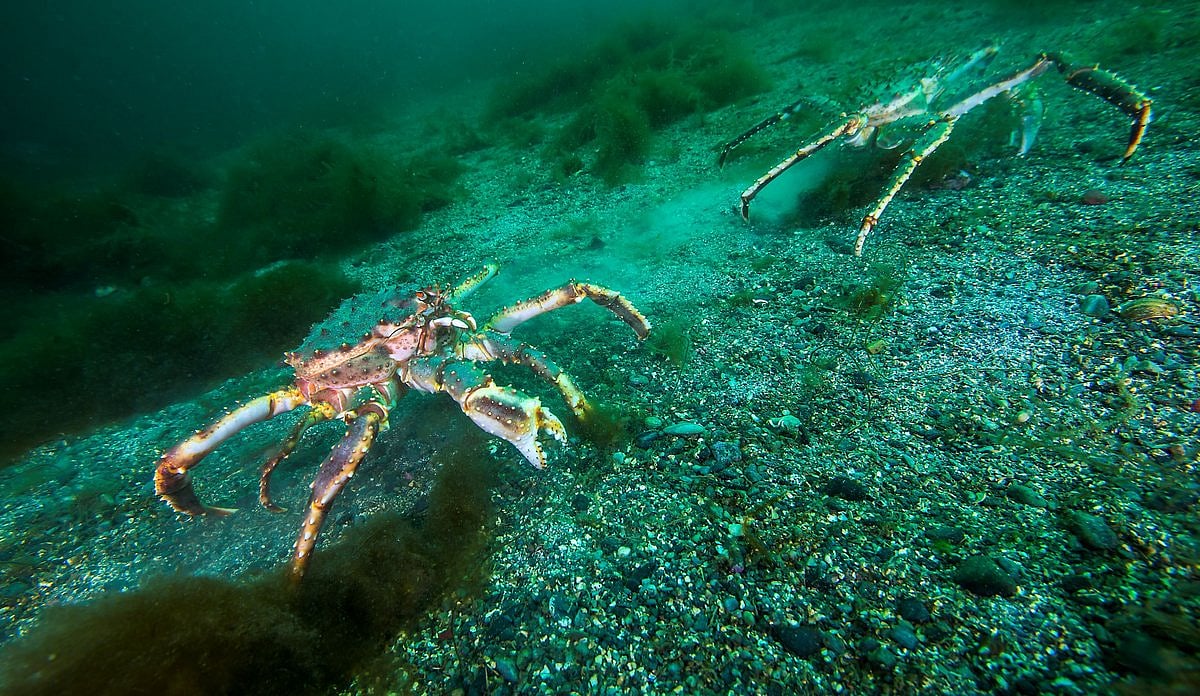






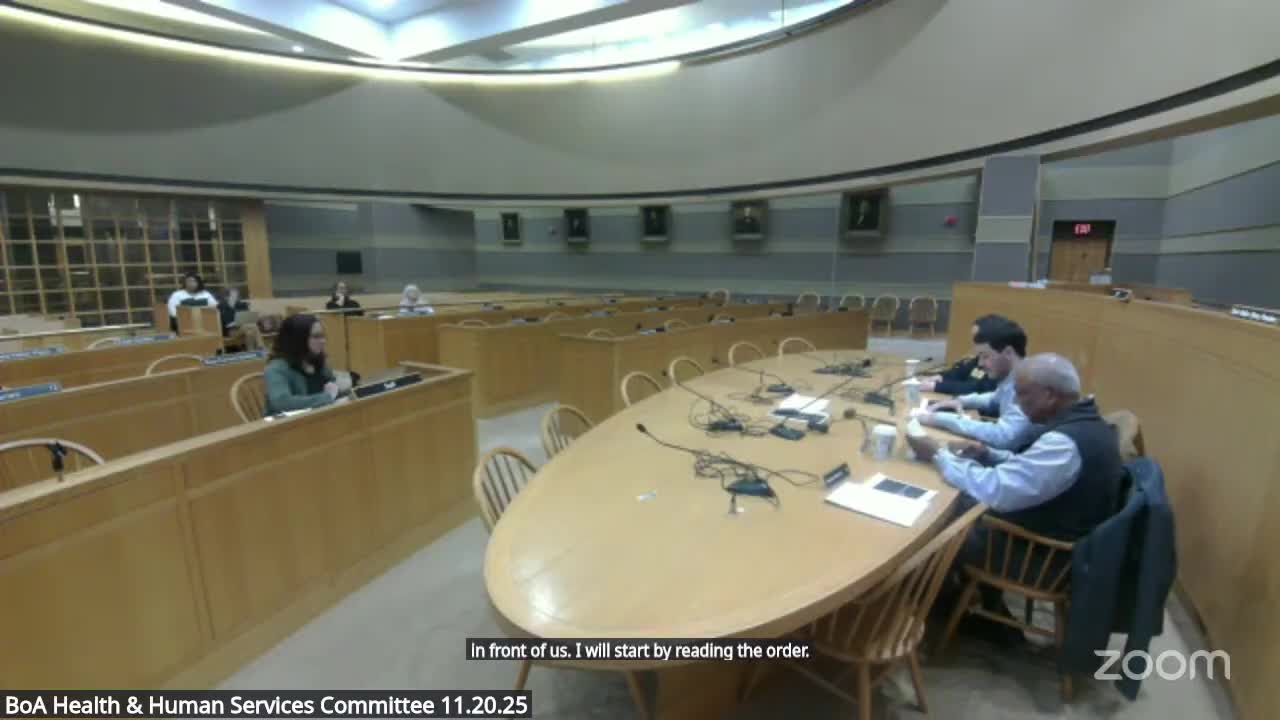



.jpg?format=1500w#)


